Each bag is 5lbs.
ACTIVE INGREDIENT:
Bacillus thuringiensis, subspecies kurstaki strain SA-11 solids, spores, and Lepidopteran active toxins† ………………………………………………………………. 85.0%
OTHER INGREDIENTS: …………………………. 15.0%
TOTAL 100.0%
FORMULATION TYPE
Water Granular, 0.12 – 4.00lb per acre
APPLICATION
Foliar spray, soil drench, root dip, or seed applied
APPLICATION TIMING, RATES, CROPS, AND PESTS Sprays should target small larvae, from newly-hatched to 2nd instar. High label rates may be required to control larger larvae. Continue applying as part of a normal spray program until pest is adequately controlled. Apply when caterpillars are actively feeding. To be effective, JAVELIN® WG spray must be deposited at the larval feeding site. JAVELIN® WG can be applied by ground or air in water sufficient to insure thorough and even coverage. Thorough and uniform crop coverage is required for adequate insect control. Applications at higher water volumes have demonstrated improved control of targeted pests. Early morning or evening applications, when air is calm, are generally best for aerial applications.
INSECTS CONTROLLED When used as directed, JAVENLIN® WG will control the following insects:
Alfalfa caterpillar Almond moth Armyworm
Artichoke plume moth Bagworm Banana Moth
Banana skipper Bertha Armyworm Blueberry Leafrollers
Blueberry Spanworm Bollworm California Oak Moth
Cherry Fruitworm Citrus Cutworm Codling Moth
Cotton Leaf-Perforator Cotton Leafworm Cutworm
Diamondback Moth Douglas-Fir Tussock Moth Elm Spanworm
European Corn Borer European Grapevine Moth European Pepper Moth
Fall Cankerworm Fall Webworm Filbert Webworm
Fruit-tree Leafroller Grape Leaf-Folder Grape Berry Moth
Grapeleaf Skeletonizer Green Cloverworm Green Fruitworm
Gypsy Moth Helicoverpa spp. Heliothis spp.
Hornworms Imported Cabbageworm Jack Pine Budworm
Light Brown Apple Moth Loopers Mimosa Webworm Naval Orangeworm
Oblique-Banded Leafroller Omnivorous Leafroller Omnivorous Leaftier
Orange Tortrix Orangedog Oriental Fruit Moth
Pandemis Leafroller Peach Twig Borer Pecan Nut Casebearer
Red-banded Leafroller Redhumped Caterpillar Rind-Worm Complex
Rough Skinned Cutworm Saltmarsh Caterpillar Sod Webworm
Southwestern Corn Borer Spotted Cutworm Spring Cankerworm
Spruce Budworm Tent Caterpillar Tobacco Budworm
Tobacco Hornworm Tomato Pinworm Tropical Sod Webworm
Tufted Apple Bud Moth Variegated Leafroller Velvetbean Caterpillar
Western Tussock Moth
APPLICATION DIRECTIONS JAVELIN® WG is a biological insecticide for the control of lepidopterous larvae (see Application Rates section). JAVELIN® WG attacks the larval gut and must be ingested by the insect to be effective. JAVELIN® WG may be applied up to and on the day of harvest. For most consistent control, apply at first sign of newly hatched worms (1st and 2nd instar larvae). Instructions for specific crops are located in the ADDITIONAL INSTRUCTION sections under APPLICATION RATES. Reapply as necessary under a pest management program that includes close scouting. If rapid knockdown of heavy worm or non-lepidopterous populations is necessary, include an effective contact insecticide in combination with JAVELIN® WG. For heavy worm infestations, use the higher Javelin® WG rate. During situations of dense foliage and/or rapid growth, increasing water carrier volumes will provide better crop coverage and improve JAVELIN® WG performance. Tank mix instructions are for use only in states where the tank mix product and application site are registered. Read and follow the most restrictive of the labeling limitations and precautions of all products used in mixtures. Mixing Fill spray or mixing tank ¾ full of water. Turn on agitation and pour JAVELIN® WG into water while maintaining continuous agitation. Add other spray material (if any) and add balance of water. Agitate as necessary to maintain suspension. Do not allow diluted sprays to remain in the tank for more than 48 hours. JAVELIN® WG is formulated to provide desirable coverage and adherence to leaf surfaces. Additional adjuvants, spreaders, or stickers may be added to improve product performance, especially under heavy dew or rainy conditions. Combinations with commonly used insecticides, fungicides, or other spray tank adjuvants are generally not deleterious to JAVELIN® WG if the mix is used promptly. Before mixing in the spray tank, it is advisable to test physical compatibility by mixing all the components in a small container in proportionate quantities.
Ground Application Unless otherwise stated, use the application rate amount of JAVELIN® WG in a minimum of 20 gallons of water per acre depending on type of crop and requirements of state regulations. If lower volumes are used, proper application equipment must be used to insure adequate coverage. Thorough and uniform crop coverage is required for adequate insect control.
Aerial Application Use application rate amount of JAVELIN® WG in at least 3 gallons of water per acre. Applications at higher water volumes have demonstrated improved control of targeted pests. Apply early morning or evening when air is calm.
Spray Drift Avoiding spray drift at the application site is the responsibility of the applicator. The interaction of many equipment-and-weather-related factors determine the potential for spray drift. The applicator and the grower are responsible for considering all these factors when making decisions.
Label
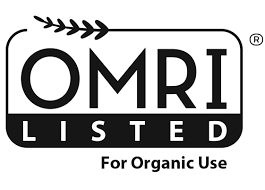
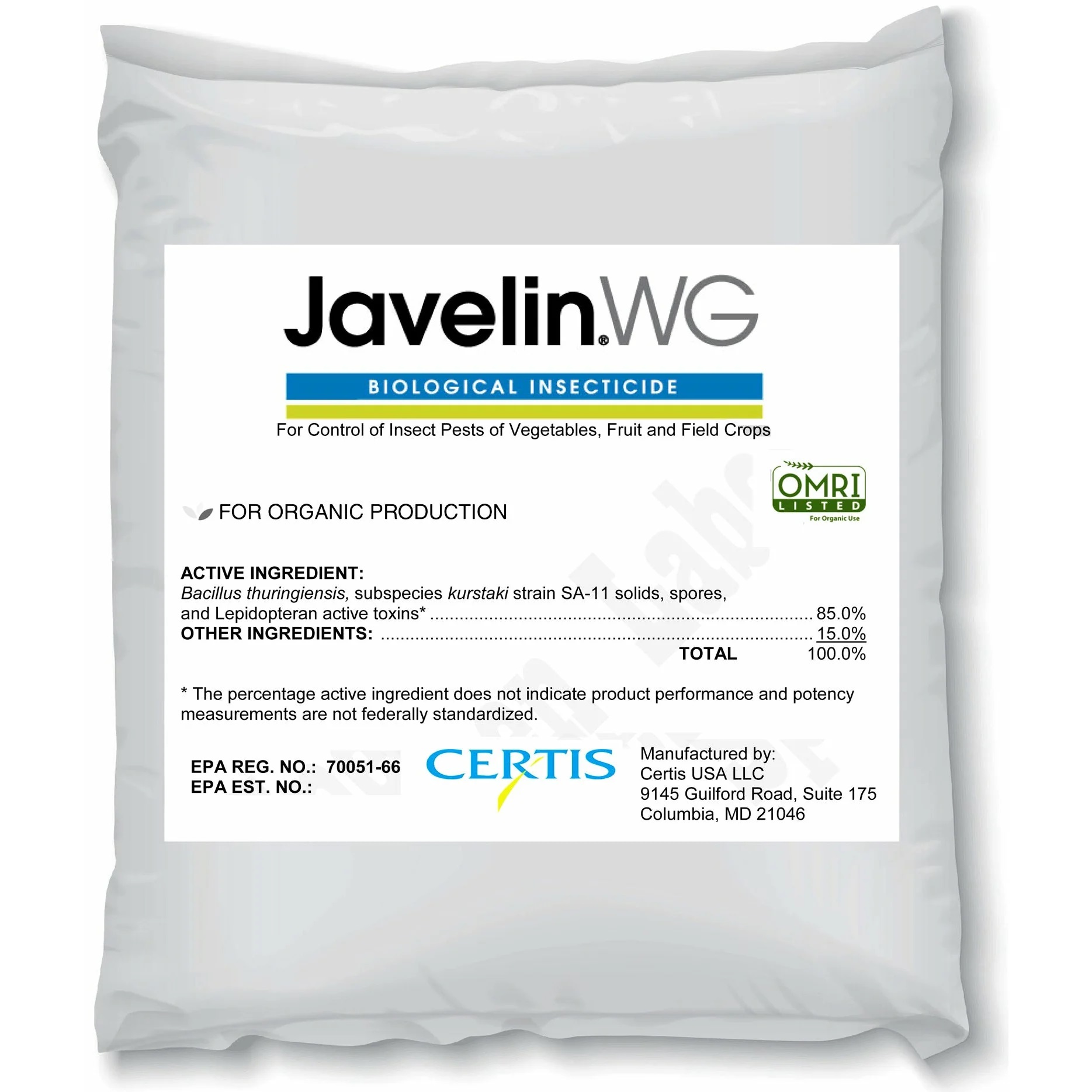
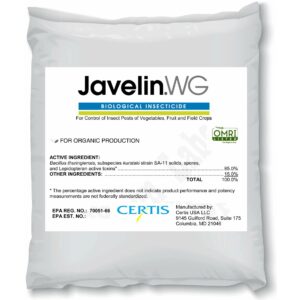
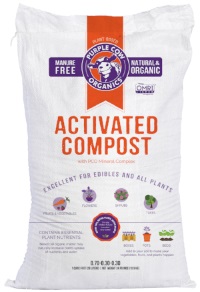

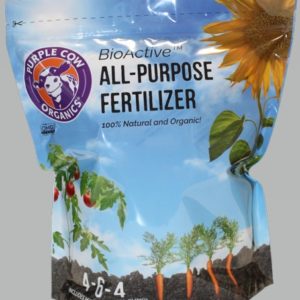

Reviews
There are no reviews yet.